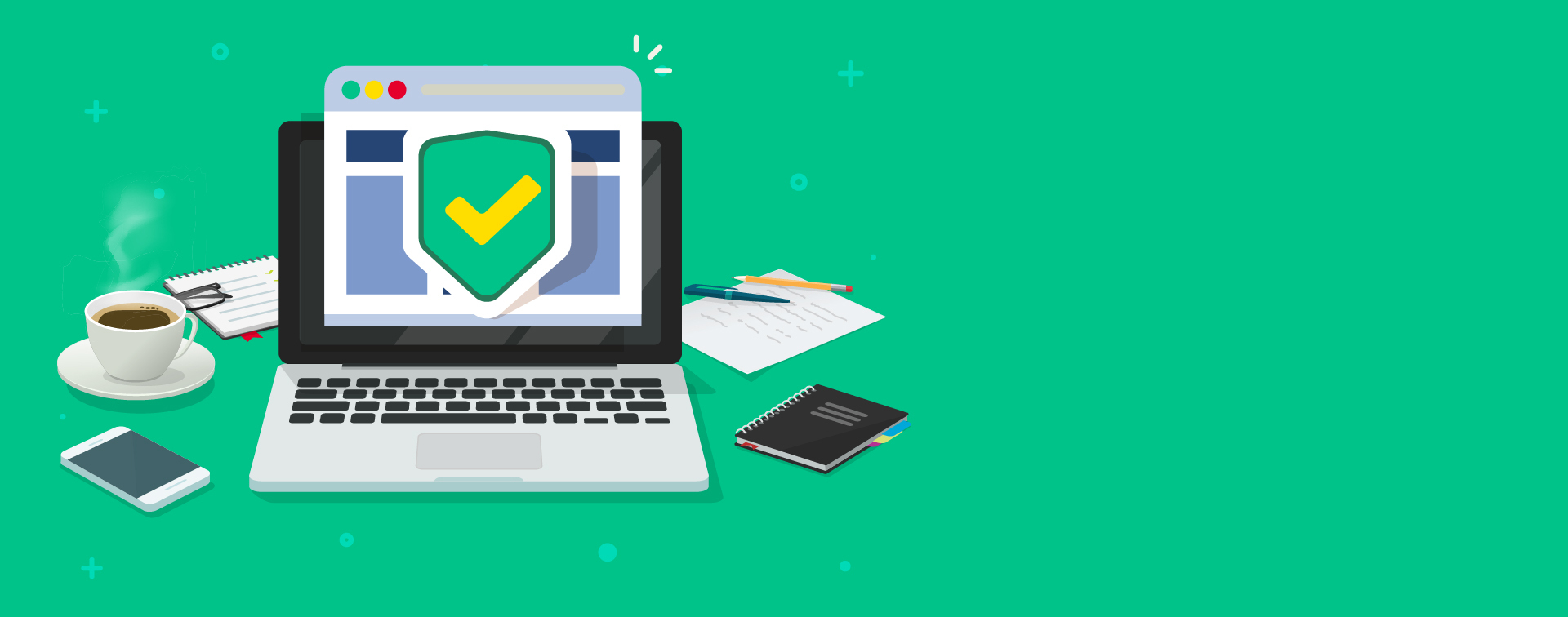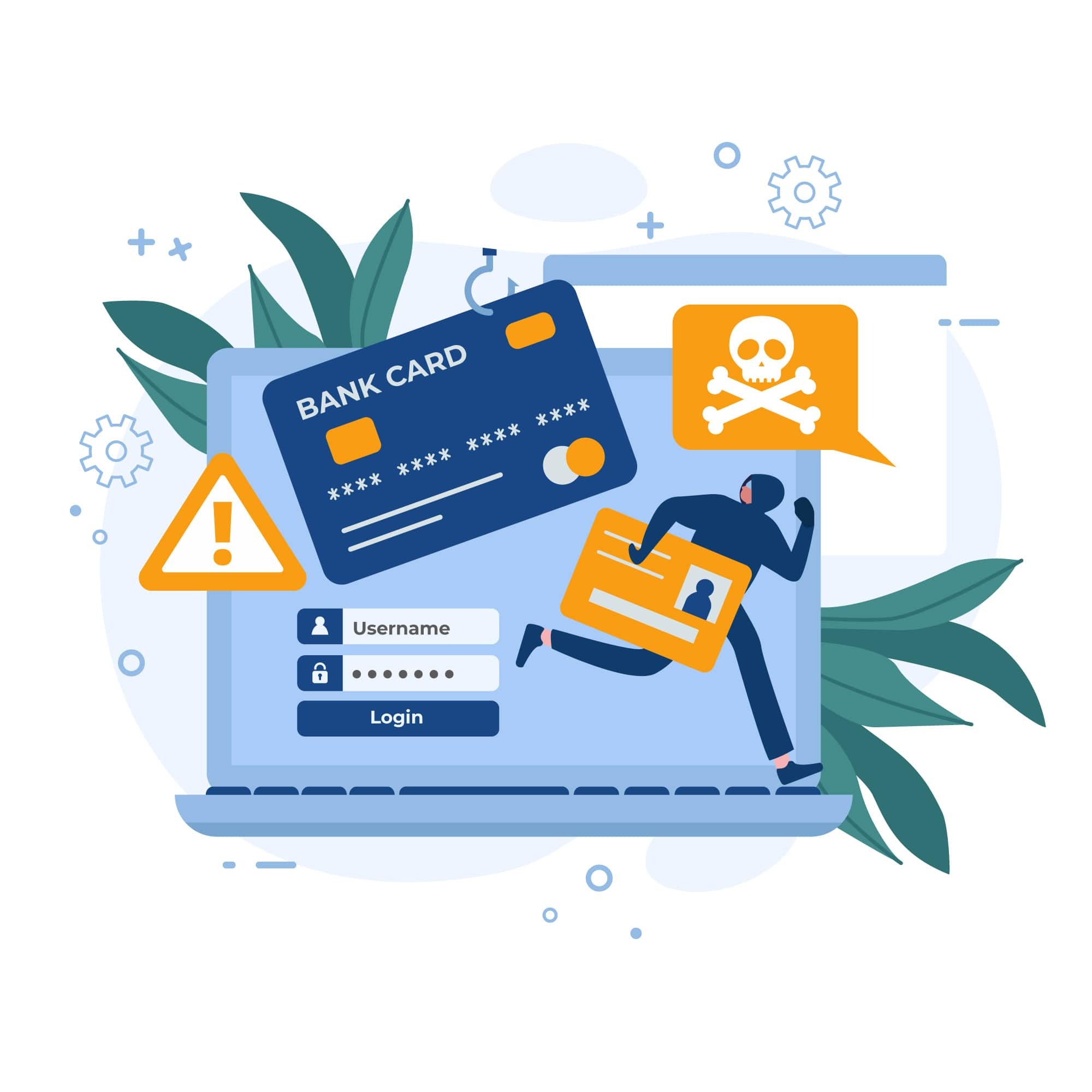
How To Secure A WordPress Site With 4 Simple Tips
When securing your WordPress site, prevention is better than a cure. It’s better to build a strong defense against bad actors than undo the damage they cause.
Here are some best practices when determining how to make your WordPress site secure.
Tip #1: Manage Plugins
Out-of-date plugins are one of the biggest threats to a WordPress site’s security. Even disabled plugins pose a threat if they aren’t updated. When deciding how to secure a WordPress site, update the plugins you’re using and completely remove plugins you aren’t. If you change your mind, plugins can be reinstalled with minimal effort.
Tip #2: Limit Themes
Whether you’re using one of WordPress’s built-in themes or a theme from another source, themes installed on a WordPress site need to be updated regularly. Like plugins, out-dated themes are prime entry points for malware—so remove all themes aside from the ones you’re actively using when planning how to make your WordPress site secure.
The most secure setup is the parent/child theme consisting of two themes designed to work together. The “child” theme” is the customizable active theme the parent theme is updated regularly for security updates.
Tip #3: Limit or Remove Admins
When determining how to secure a WordPress site, it’s best to have just one admin. More admins means more opportunity for bots to guess their passwords—which means more opportunity for bad actors to gain access to your site. This is especially true when unused admin accounts are allowed to sit idle.
Tip #4: Keep WordPress Updated
Most of WordPress’s updates are designed to enhance security, so running the latest version of the platform is key. This includes making sure the themes and plugins you’re using are updated and functional with the latest WordPress version, otherwise the site is left vulnerable.
[H3] Going Forward
Right now, your WordPress site is likely vulnerable to hackers—but it doesn’t have to be. By following the aforementioned best practices, you can mitigate risk posed by commonly exploited vulnerabilities and learn how to secure a WordPress site with ease.
Of course, it’s better to be proactive when it comes to site protection. Investing in security solutions, like automated website scanners and web applications firewalls (WAFs), will save you time, money, and headaches.
Has your site already been compromised? Put us on the case.





